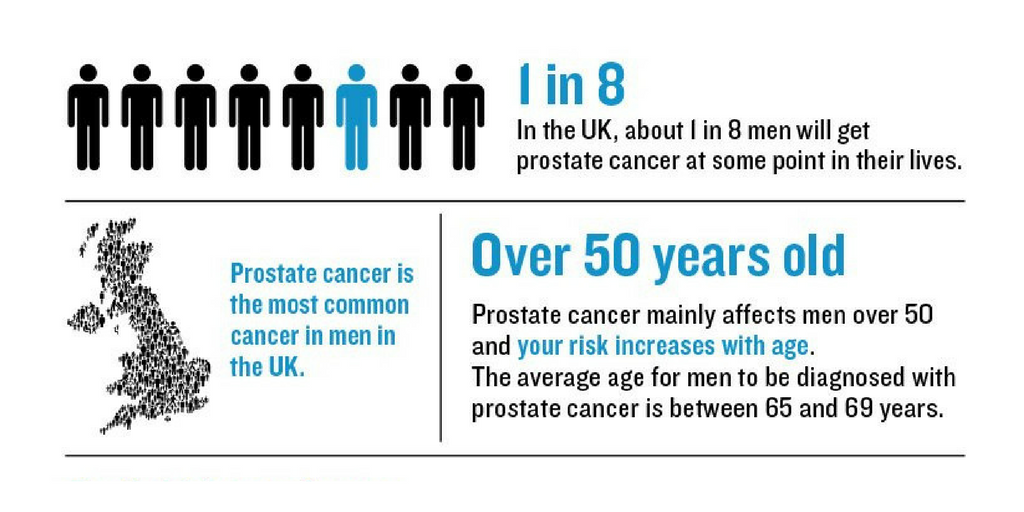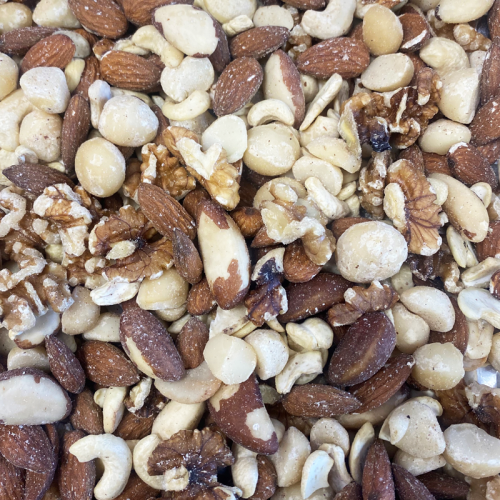
PROSTATE CANCER
What is the prostate gland and where is it located?
Only men have a prostate gland and can get prostate cancer, it is walnut shaped and located just below the bladder. It surrounds the urethra which is the tube which both semen and urine flow down out of the body. It’s part of the reproduction system and its role is to secrete semen.
Is PSA testing a good indicator of prostate cancer?
Prostate Specific Antigen (PSA) testing is considered the best way to test for prostate cancer according to the medical professionals. However, if one goes down this route and PSA is reported as high, this can lead on to further inspection in the way of biopsy. Cutting into the prostate gland can cause a dormant cancer to spread to other areas of the body. What happens then is surgery and therapy causing a whole host of unpleasant symptoms such as incontinence, erectile dysfunction and pain to name a few. All of which could have been avoided if the PSA test hadn’t been carried out.
PSA levels are not necessarily indicative of prostate cancer. Levels will be high in prostate cancer patients but other factors can also cause increased levels, such as benign prostate hyperplasia (an enlarged prostate gland), urine infection, ejaculation with 24 hours of the test, ibuprofen use, prostatitis (inflammation of the gland) and also age.
PSA is just not specific enough to prostate cancer, PSA levels have even been found in women as breast tissue can produce it!
The bottom line is that PSA testing can be beneficial if someone is experiencing symptoms linked to prostate cancer but not to be used as a screening tool as this can lead to invasive surgery which can spread a cancer that would otherwise remain dormant and harmless.
Signs of prostate cancer
Prostate cancer is extremely common, with 1 in 7 men developing it. That said, it can remain completely harm free, which is the case for most people. To avoid a prostate cancer developing and causing health concerns it is important to be aware of some tell-tale signs so that you can do something about it and nip it in the bud before it takes a hold and surgery or treatment is required.
It’s important to know what to look out for so familiarise yourself with the following signs which include bladder and urinary problems including:
- Problems urinating including pain or difficulty to go
- The need to urinate more frequently especially at night time
- Haematuria (blood in urine)
- Pain in hips, lower back (spine area)
- Loss of bladder control
- Trouble getting an erection
- Slow or weak urinary flow
Knowing these early signs and symptoms and making lifestyle and dietary changes is key to avoiding invasive treatment at a later stage which can then cause detrimental health benefits and the cancer to spread.
Prostate cancer risk factors
Researchers have found several factors that might affect a man’s risk of getting prostate cancer.
Age – prostate cancer is more common in men over 50 and 6 in 10 cases of prostate cancer are found in men older than 65.
Family history – prostate cancer seems to run in some families suggesting there is a genetic link (see next point).
Gene changes – Mutations in certain genes can raise the risk of prostate cancer, specifically BRAC1 or BRAC2 genes. These are the gene mutations most familiar with breast cancer but men carry the gene too.
Poor diet – a diet high in caffeine, sugar, unhealthy processed fats and alcohol puts you at an increased risk of developing prostate cancer
Obesity – fat cells produce oestrogen which drives prostate growth. Oestrogen has also been shown to trigger a certain gene which can cause cancer cells to grow.
How to reduce your risk
Lifestyle and exercise
A positive association exists between abdominal obesity and benign prostate hyperplasia (BPH), which is enlargement of the prostate gland.
An inverse association exists between physical activity and BPH. Physical activity may serve a threefold purpose:
– increase blood flow to the area, removing waste efficiently
– decrease stress, relaxing the prostate tissue
– reduce excess abdominal weight reducing oestrogen and inflammation markers
Diet
Changes to your diet can dramatically reduce your risk or developing prostate cancer.
Below are a list of foods/drinks that you should increase in your diet:
- Nuts especially cashew – nuts are high zinc. Zinc is an important mineral as it works on two levels with regard to reducing the risk of prostate cancer. Firstly, it helps in down-regulating the 5-alpha reductase pathway (this pathway leads to an increase risk of developing prostate cancer). Secondly, it inhibits aromatase, which is the enzyme that causes fat cells and testosterone to be converted into oestrogen.
- Tomatoes – lycopene is a carotenoid pigment found in tomatoes which may inhibit 5-alpha reductase and its antioxidant properties may help prevent cell proliferation. Studies have shown that lycopene to inhibit the progression of BPH. Chopped or pureed are best as the lycopene is more active.
- Pumpkin seeds – these contain beta-sitosterol, a plant sterol which improves BPH and increases urinary flow.
- Drink tea – contains high levels of catechins which inhibit cancer cell growth and stimulate cancer cell death. Other components of green tea are flavonoids which are powerful disease fighting antioxidants. This one in particular green tea contains pomegranate too. Several studies have shown pomegranate juice to reduce the risk of prostate cancer.
- Pomegranates and pomegranate juice – these contain flavones and lycopene at high levels which are beneficial cancer inhibiting compounds. Just watch out for the sugar content in some pomegranate juices.
- Kimchi – a spicy fermented cabbage full of beneficial bacteria. Make sure you buy organic and unpasteurised. Fermented foods help to balance your gut microbiota, (the bacterial ecosystem that regulates your immune system and regulates your nutrient uptake). Recent science has shown that prostate cancer may be caused by a bacteria called Propionibacterium acnes. If your gut microbiota is healthy and strong then it can fight off this bad bacteria.
- Turmeric – the active ingredient in curcumin can help the prostate from becoming enlarged and inflamed.
In addition to the above, it is wise to get your vitamin D levels checked to ensure that they are optimum. Anything below 50ng/mL is considered suboptimum but ideally, we are aiming for a level of 100ng/mL. Studies show that lower vitamin D levels are linked to more aggressive forms of prostate cancer. Vitamin D supports the immune system and therefore helps to keep cancer cells at bay.

